I made a very simple rectangle using the canvas element. However, if the arguments for x and y in fillRect(x, y, width, height) are ANYTHING other than 0 and 0, all of the edges look completely blurry when zoomed in and/or on mobile devices. If x and y ARE 0 and 0, the top and left edges of the rectangle are super defined, even if zoomed in, while the bottom and right edges are blurry. I am rendering this on a 1920x1080 screen using Chrome/Firefox as well as a 750x1334 mobile screen using Safari.
This isn't a problem on desktop when zoomed at 100%, but on mobile devices it looks like crap. And you can clearly see the blurry edges if you zoom in fully on Chrome and Firefox as well as JSFiddle. I'm NOT adjusting width and height on the canvas using CSS. It's done using the canvas attributes and/or JS. The HTML I used to test this on browsers is below.
<!DOCTYPE html>
<html>
<head>
<meta charset="utf-8">
<meta name="viewport" content="initial-scale=1, maximum-scale=1, user-scalable=no, width=device-width">
</head>
<body>
<canvas id="gameCanvas" width="150" height="150">A game.</canvas>
<script>
var canvas = document.getElementById("gameCanvas");
var ctx = canvas.getContext("2d");
ctx.fillRect(0, 0, 100, 100);
</script>
</body>
</html>
Edit: I'm NOT trying to draw a 1 pixel line. I tried experimenting with half pixel values as well but it made the blurry edges alot worse.
The first two screenshots are from an iPhone 7 screen on Safari, non-zoomed and zoomed, respectively. The last screenshot is on a 1920x1080 laptop screen, zoomed in on Chrome.


